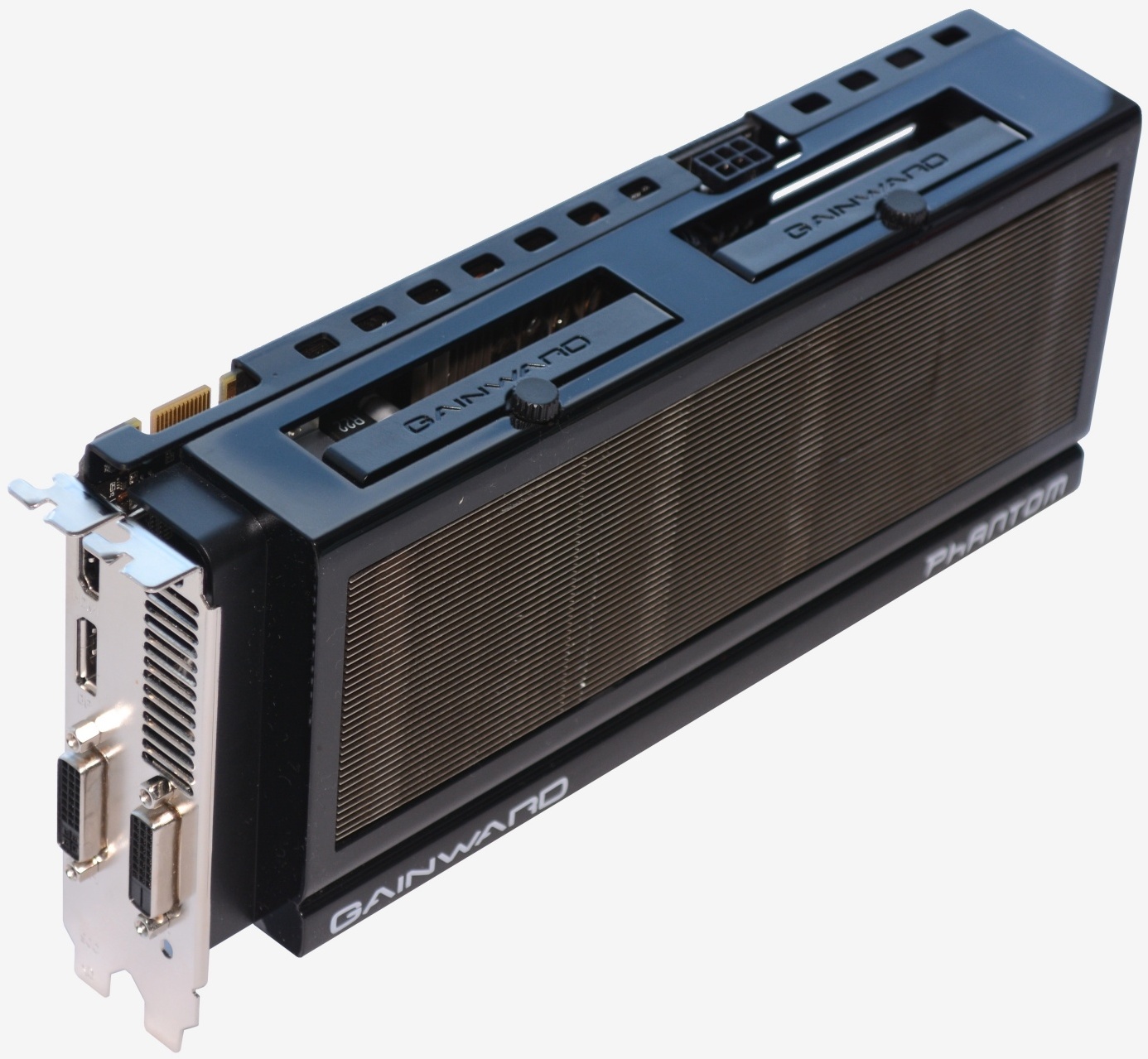Introduced last September, Nvidia's Maxwell-based GeForce GTX 970 and GTX 980 delivered twice the performance per watt of their Kepler equivalents on top of bringing support for Microsoft's upcoming DirectX 12 API as well as other new features such as Nvidia Voxel Global Illumination (VXGI), Multi-Frame sampled AA (MFAA), and Dynamic Super Resolution (DSR).
Despite being the series flagship, the GTX 980 is arguably the less interesting product. While it offers 23% more cores for a ~20% performance boost, the GTX 980 costs 70% more than the GTX 970. Along with providing a better value, the GTX 970 also outcompetes the Radeon R9 290X by offering better power consumption.
Those factors have made the GTX 970 an obvious pick for many, but at $330 it's still somewhat expensive when most gamers spend $200 or less on a GPU.
Nvidia knows this and usually offers a cost-effective way to enjoy high-end games with 'sweet spot GPUs' such as the GTX 460, 560, 660 and 760 – the latter two being the most-used GeForce models on Steam.
Today's release, the GeForce GTX 960 will take over this so-called sweet spot and should appeal to gamers who are preparing for the impending wave of DirectX 12 titles on a budget. The straight value of cards in this category usually makes them a prime candidate for SLI setups and we've also published a separate review covering the performance of dual-GTX 960s.
Gainward GTX 960 Phantom
The Nvidia GM206 GPU used in the GTX 960 features all the key architectural innovations introduced in the GTX 980. Looking at the core we find 2.94 billion transistors or about 43% less than the GTX 980. There is exactly half as many CUDA cores, taking the number down to 1024.
Additionally there are half as many TAUs and ROPs with 64/32.
The base clock of 1127MHz matches the GTX 980 (1126MHz) while the maximum boost clock is slightly lower at 1228MHz. The same GDDR5 7GHz memory has been used, though the memory bus width has been reduced to 128-bit resulting in a bandwidth of 112GB/s, half that of the GTX 980.
Gainward has overclocked its GTX 960 Phantom, boosting the base clock to 1279MHz which results in a boost clock of 1342MHz, while the GDDR5 memory frequency has also been boosted to 1800MHz for a data rate of 7.2GHz.
Gainward's GTX 960 Phantom is armed with the third-generation Phantom cooler which boasts sturdier construction and better thermal performance while making less noise. It's unlike any triple-slot cooler we've encountered before, featuring four 8mm heatpipes that extract heat from the base and distribute it evenly throughout the heatsink.
Gainward claims that its Phantom cooler allows the GTX 960 to run 16 degrees cooler than the reference board.
The most unusual part of the cooler design is its fans – their location, specifically. Fans are typically attached to the top side of the heatsink, but instead Gainward has embedded two quiet 80mm brushless PWM fans inside the heatsink. The fans are also removable, featuring a tool-less design. Similar to the way hot-swappable hard drive bays work, the fans slide out once a single thumb screw has been removed. No cables, no fuss.
The heatsink measures 210mm long (the PCB itself is just 170mm long), 65mm wide and just 15mm tall. It has a black fan shroud that forces the 80mm fans to draw air in through fins above them and push it over the card below them at the same time.
Apart from allowing the design of compact a PCB, another advantage to the GTX 960's low 120w TDP rating is that it requires just a single PCIe 6-pin power connector. Gainward hasn't upgraded its Phantom card with an 8-pin or a second 6-pin connector, as apparently the GTX 960 can achieve phenomenal overclocking results without any voltage increases – something we will look into later.
Compared to the GTX 970 and GTX 980 cards we have seen, the I/O connectivity of the GTX 960 Phantom is pretty basic with just one standard DisplayPort output, a single HDMI 2.0 output and two Dual-Link DVI outputs.








